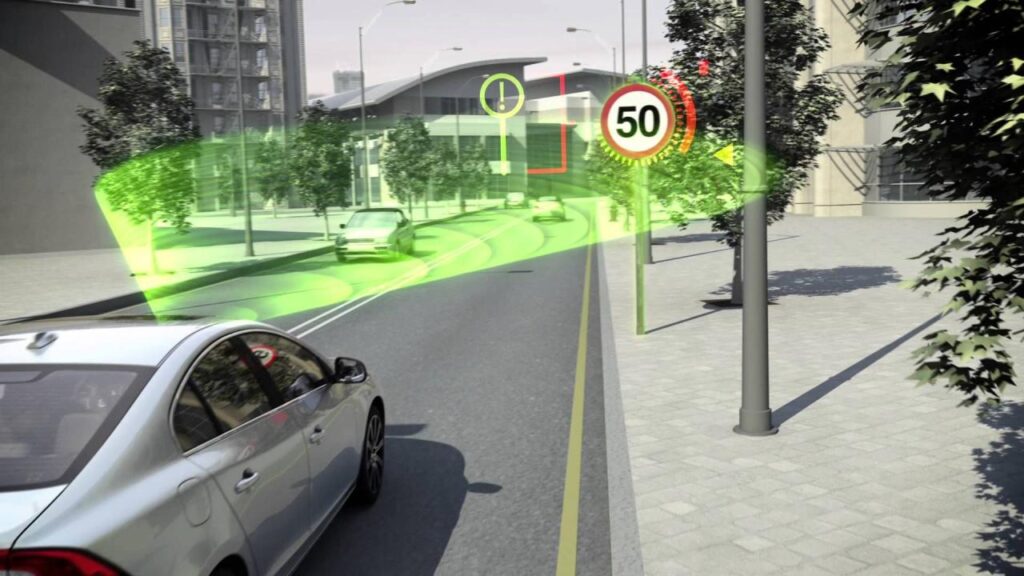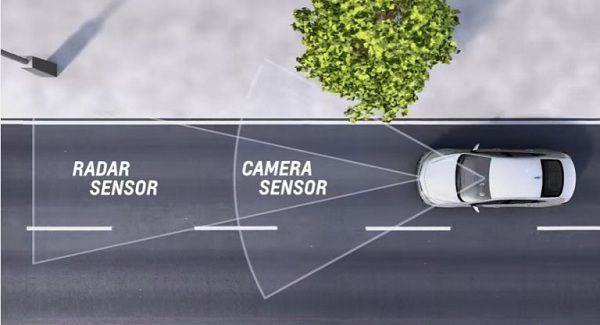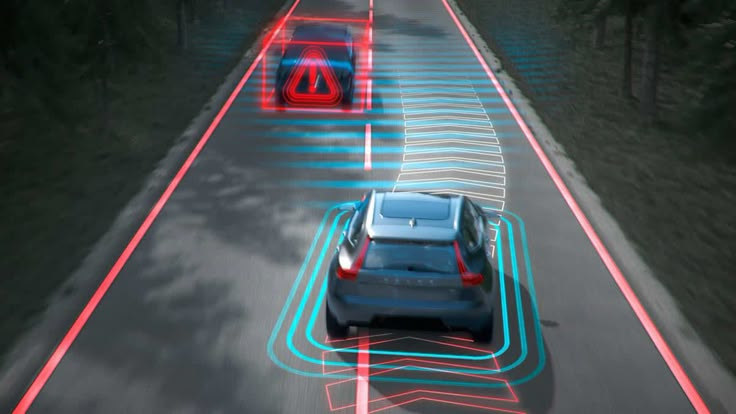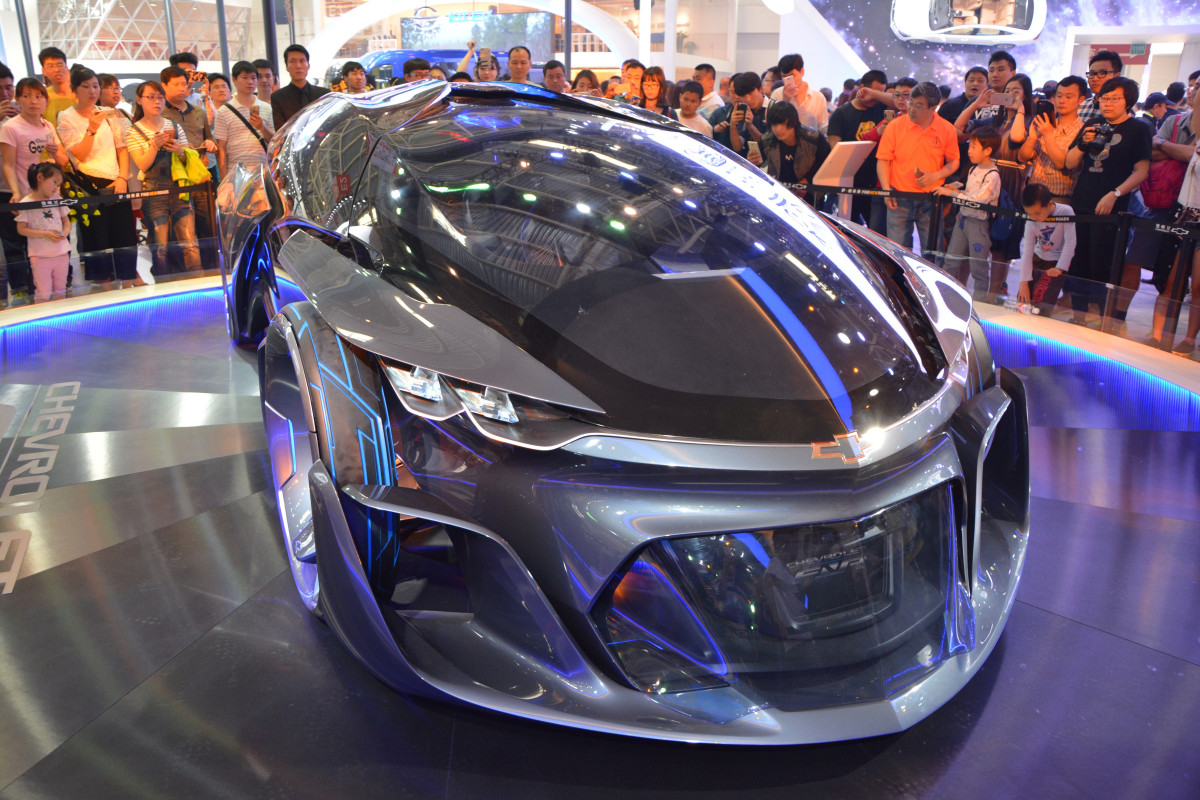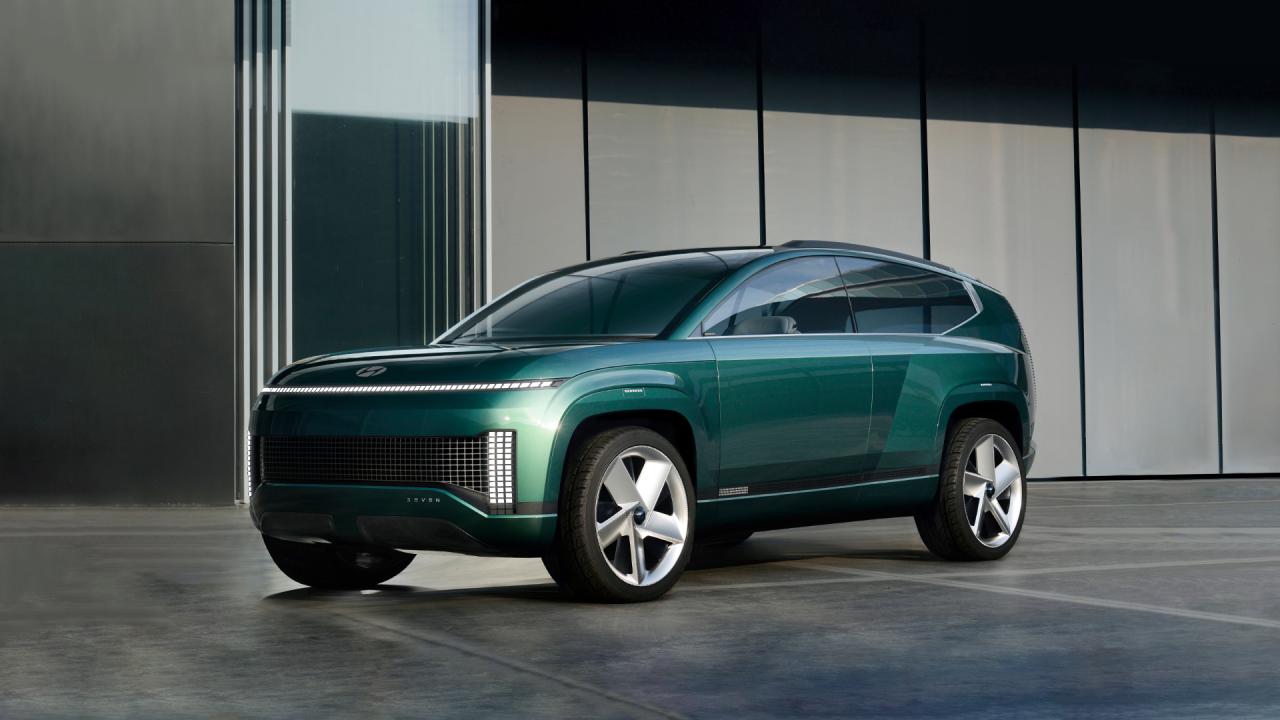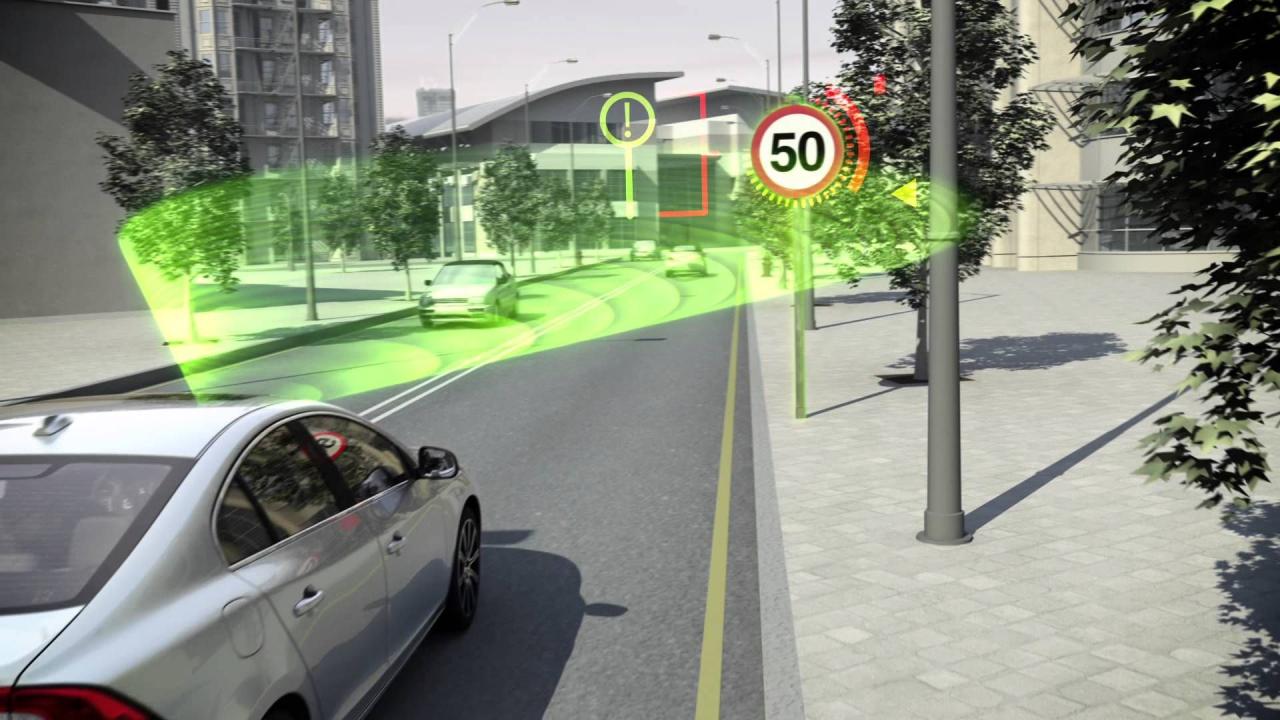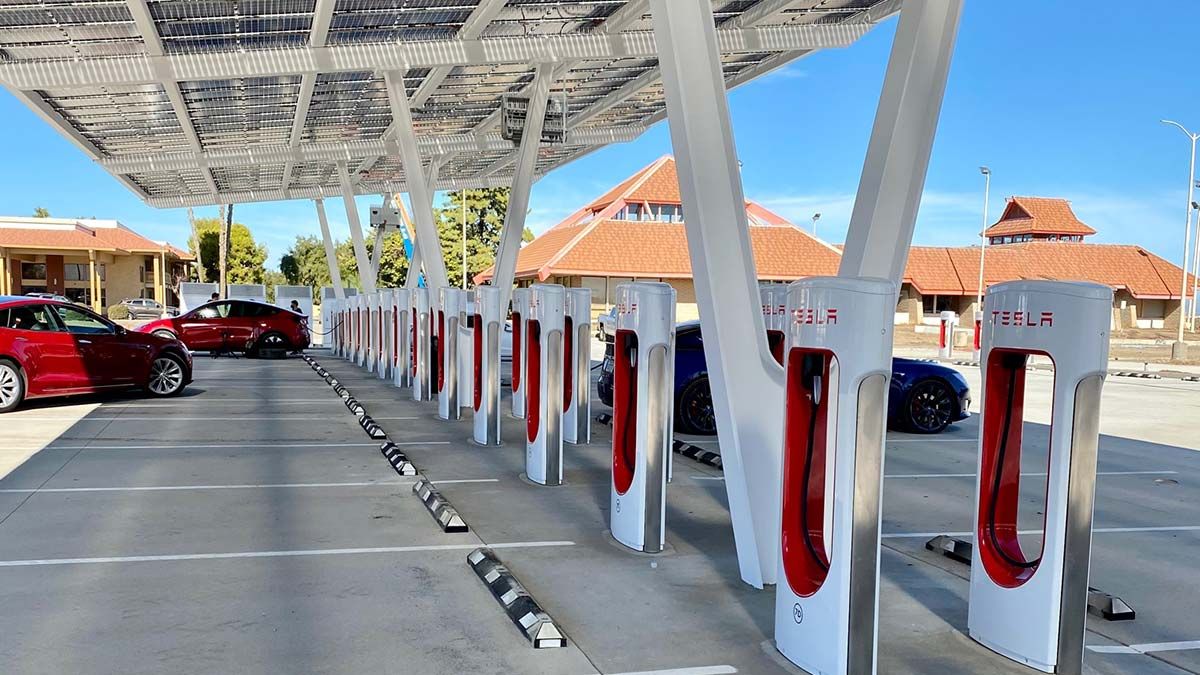Driving Safer: Modern Cars’ Essential Tech
The modern automobile has evolved dramatically beyond a mere mode of transportation; it is now a sophisticated, interconnected machine brimming with technology designed to protect its occupants and other road users. At the forefront of this evolution is the widespread adoption of Advanced Safety Features which are increasingly becoming standard across vehicle lineups. These aren’t just luxurious add-ons anymore; they are crucial components in the relentless pursuit of reducing accidents, mitigating injuries, and ultimately saving lives on roads worldwide. From bustling city streets in Jakarta to expansive highways, these technologies represent a paradigm shift from passive protection (like airbags) to active accident prevention.
From Passive to Active: A Safety Revolution
Automotive safety has undergone a profound transformation over the decades. In its early days, safety measures were predominantly passive. This meant they protected occupants during a crash. Think of the seatbelt, invented in the late 19th century but only gaining widespread adoption and effectiveness in the mid-20th century. Its primary function is to restrain occupants, preventing ejection and reducing impact forces. Similarly, airbags, first appearing in the 1970s and becoming common in the 1990s, cushion occupants during a collision. These passive systems, while highly effective, only came into play after an accident had begun.
The true safety revolution began with the advent of active safety features. These technologies are designed to prevent an accident from happening in the first place, or at least to reduce its severity. Early examples included Anti-lock Braking Systems (ABS) in the 1970s, which prevented wheel lock-up during hard braking, allowing drivers to steer. Electronic Stability Control (ESC) followed in the 1990s, dynamically helping drivers maintain control during skids. These innovations marked a critical shift: leveraging electronics and sensors to proactively intervene.
Today, we are witnessing the proliferation of Advanced Driver-Assistance Systems (ADAS), which represent the cutting edge of active safety. ADAS uses an array of sophisticated sensors, cameras, radar, and lidar, coupled with powerful processing units and artificial intelligence, to constantly monitor the vehicle’s surroundings and the driver’s behavior. These systems can warn drivers of potential hazards, and increasingly, take corrective action autonomously, such as braking or steering. What was once considered a premium, optional extra has rapidly become a standard offering, driven by consumer demand, stricter safety regulations, and a clear demonstrated impact on road safety statistics. This widespread integration underscores a global commitment to making every journey safer for everyone on the road.
Core Advanced Safety Features: The Guardians of the Road
The suite of ADAS technologies now commonly found as standard equipment in new vehicles is comprehensive and continuously evolving. These features work in concert to create a robust safety net around the driver and vehicle.
A. Automatic Emergency Braking (AEB) / Collision Mitigation System: i. Functionality: AEB systems use radar, cameras, or a combination of both to detect potential frontal collisions with other vehicles, pedestrians, or cyclists. If a collision risk is identified and the driver doesn’t react quickly enough, the system first issues a visual and audible warning. If the driver still fails to respond, the system will automatically apply the brakes to avoid or mitigate the severity of the crash. ii. Variations: Many AEB systems include pedestrian and cyclist detection, enhancing safety for vulnerable road users, particularly in urban environments. Advanced versions can also detect obstacles when turning across traffic (Intersection AEB) or prevent accidental acceleration (Pedal Misapplication Mitigation). iii. Impact: AEB is one of the most impactful safety features, shown by numerous studies to significantly reduce rear-end collisions and pedestrian fatalities.
B. Lane Keeping Assist (LKA) / Lane Departure Warning (LDW): i. Lane Departure Warning (LDW): This system uses a camera to monitor lane markings. If the vehicle begins to drift out of its lane unintentionally (without the turn signal activated), the system alerts the driver through visual, audible, or haptic (e.g., steering wheel vibration) warnings. Its primary goal is to combat driver distraction and fatigue. ii. Lane Keeping Assist (LKA): Building upon LDW, LKA actively intervenes. If the vehicle drifts, the system will provide gentle steering corrections to guide the vehicle back into its lane. Some advanced systems offer “Lane Centering Assist,” which actively works to keep the vehicle precisely in the center of its lane, reducing driver effort, especially on highways. iii. Benefit: These systems are particularly effective in preventing run-off-road crashes and head-on collisions caused by unintentional lane deviation.
C. Blind Spot Monitoring (BSM) / Blind Spot Warning (BSW): i. Operation: BSM systems use radar sensors located in the rear corners of the vehicle to detect other vehicles in the driver’s blind spot. ii. Warning System: When a vehicle is detected in the blind spot, an indicator light illuminates in the side mirror or on the A-pillar. If the driver activates the turn signal while a vehicle is in the blind spot, an audible warning often sounds, or the light flashes, to prevent a dangerous lane change. iii. Cross-Traffic Alert: Many BSM systems are paired with Rear Cross-Traffic Alert (RCTA), which warns drivers of approaching vehicles when backing out of a parking space, especially useful in crowded parking lots. iv. Advantage: Greatly enhances safety during lane changes and improves awareness in congested traffic.
D. Adaptive Cruise Control (ACC): i. Functionality: Unlike traditional cruise control, ACC uses radar or lidar to maintain a set distance from the vehicle ahead. It automatically accelerates and decelerates to match the flow of traffic, reducing driver fatigue on long journeys and in stop-and-go traffic. ii. Stop-and-Go Capability: More advanced ACC systems feature “stop-and-go” capability, allowing the vehicle to come to a complete stop and then automatically resume motion in heavy traffic conditions. iii. Contribution: While primarily a convenience feature, ACC enhances safety by promoting safer following distances and reducing the need for constant speed adjustments by the driver.
E. Rearview Camera / Parking Sensors: i. Rearview Camera: Mandated in many countries, rearview cameras provide a clear view of the area directly behind the vehicle when backing up, significantly reducing the risk of backing into objects, people, or other vehicles. Dynamic guidelines often show the vehicle’s projected path. ii. Parking Sensors: Ultrasonic sensors typically located in the front and rear bumpers detect proximity to obstacles, issuing audible warnings that increase in frequency as the vehicle gets closer. iii. Impact: Essential for preventing low-speed collisions and protecting vulnerable road users, especially children, often unseen behind the vehicle.
F. Traffic Sign Recognition (TSR): i. Technology: TSR systems use a forward-facing camera to detect and interpret road signs, such as speed limit signs, stop signs, and no-passing signs. ii. Display: The recognized sign is then displayed on the instrument cluster or head-up display, reminding the driver of current road rules. iii. Utility: Helps drivers stay informed of local regulations, especially useful in unfamiliar areas or when speed limits change frequently.
G. Driver Attention Monitoring (DAM): i. Detection: DAM systems use cameras (often infrared) to monitor the driver’s eye movements, head position, and overall alertness. Some systems also analyze steering input patterns. ii. Warning: If signs of drowsiness or distraction are detected (e.g., eyes closing, head nodding, prolonged gaze away from the road), the system issues warnings to prompt the driver to refocus or take a break. iii. Prevention: A crucial technology in preventing accidents caused by fatigued or distracted driving, complementing other ADAS features.
H. Rear Seat Reminder (RSR): i. Purpose: Designed to prevent drivers from accidentally leaving children or pets in the back seat, particularly in hot weather. ii. Mechanism: The system monitors if a rear door was opened before a journey. If so, it will issue visual and/or audible alerts to the driver upon arriving at their destination and turning off the vehicle, reminding them to check the rear seat. iii. Significance: A simple yet incredibly important feature that addresses a tragic and preventable safety issue.
The Underlying Technologies: The Brains and Sensors
The seamless operation of these advanced safety features relies on a sophisticated array of hardware and software components working in harmony.
A. Sensor Fusion: No single sensor can provide all the necessary data in every condition. Sensor fusion is the process of combining data from multiple types of sensors (e.g., radar, camera, lidar, ultrasonic) to create a more complete, robust, and accurate perception of the vehicle’s surroundings than any single sensor could provide alone. For example, radar is excellent in bad weather but lacks fine detail, while cameras provide rich visual information but can be affected by glare or darkness. Fusing their data allows the system to overcome individual sensor limitations and reduce false positives/negatives.
B. High-Performance Processors and AI: The vast amount of data generated by these sensors must be processed and interpreted in real-time – often hundreds of megabytes or gigabytes per second. This requires powerful onboard computers and specialized chips (like GPUs or custom ASICs) capable of executing complex algorithms. Artificial intelligence and machine learning play a critical role in: i. Object Recognition and Classification: Accurately identifying whether an object is a pedestrian, a car, a bicycle, a traffic cone, etc., even in varied lighting or weather. ii. Prediction Algorithms: Anticipating the trajectory and behavior of other road users based on their speed, direction, and typical driving patterns. iii. Decision-Making: Rapidly evaluating potential hazards and determining the optimal course of action, whether it’s issuing a warning, braking, or steering.
C. High-Resolution Cameras: Modern ADAS relies heavily on sophisticated cameras, often with high dynamic range (HDR) capabilities to perform well in both bright sunlight and low-light conditions. These cameras provide a rich stream of visual data that is critical for lane detection, traffic sign recognition, and pedestrian identification.
D. Radar and Lidar Systems: i. Radar: Long-range radar is essential for adaptive cruise control and AEB, providing precise distance and velocity measurements of objects ahead. Short-range radar is used for blind spot monitoring and rear cross-traffic alert. ii. Lidar: While not yet standard in all mainstream ADAS, Lidar systems, which use pulsed laser light to create precise 3D maps, are increasingly being integrated into more advanced ADAS and highly automated driving systems for superior object detection and environmental mapping, especially in complex urban environments.
E. Vehicle Bus Architectures (CAN, Ethernet): The various sensors, processors, and actuators communicate via high-speed in-vehicle communication networks. Modern vehicles are transitioning from older CAN (Controller Area Network) bus systems to faster Automotive Ethernet to handle the exponentially increasing data bandwidth required by advanced safety features.
F. Precise GPS and Mapping: While not directly part of every ADAS feature, precise GPS data combined with highly detailed digital maps can augment sensor data, providing contextual information about upcoming road conditions, speed limits, or sharp curves, allowing ADAS to anticipate and prepare.
Driving Forces: Why These Features Are Becoming Standard
The rapid shift of advanced safety features from optional extras to standard equipment is a multifaceted phenomenon driven by several powerful forces.
A. Government Regulations and Mandates: i. Examples: Regulatory bodies in key automotive markets (e.g., the National Highway Traffic Safety Administration – NHTSA in the US, Euro NCAP in Europe, and similar bodies in Asia) are increasingly mandating certain ADAS features. For instance, rearview cameras are now standard in the US, and AEB is becoming compulsory in many regions. ii. Safety Ratings: Independent safety rating organizations like Euro NCAP and the Insurance Institute for Highway Safety (IIHS) actively test and rate vehicles based on their ADAS performance. A strong safety rating, heavily influenced by standard ADAS features, is a critical selling point for consumers and a competitive necessity for automakers.
B. Consumer Demand and Awareness: i. Perceived Value: Consumers are becoming increasingly aware of the life-saving potential of ADAS technologies. As awareness grows, these features are seen not as luxuries but as essential elements for personal and family safety, influencing purchasing decisions. ii. Technological Familiarity: As people become more comfortable with technology in their daily lives, the acceptance and demand for similar advanced systems in their cars naturally increases.
C. Insurance Industry Incentives: i. Reduced Premiums: Insurance companies recognize that ADAS features significantly reduce the likelihood and severity of accidents. As a result, some insurers offer lower premiums for vehicles equipped with certain advanced safety features, further incentivizing their adoption. ii. Data-Driven Insights: Insurers are actively collecting data on ADAS effectiveness to refine their risk models and promote safer driving.
D. Automaker Competition and Reputation: i. Competitive Advantage: Automakers are in a race to offer the most comprehensive and effective safety suites. Providing these features as standard can be a significant competitive advantage, enhancing brand reputation and attracting safety-conscious buyers. ii. Brand Responsibility: There’s a growing sense of corporate responsibility among automakers to contribute to road safety, moving beyond mere compliance to proactive leadership in feature deployment.
E. Technological Maturation and Cost Reduction: i. Economies of Scale: As production volumes increase and technologies mature, the cost of sensors, processors, and software for ADAS has gradually decreased, making it more feasible to include them as standard equipment across a wider range of vehicle segments, not just premium models. ii. Software-Defined Vehicles: The shift towards “software-defined vehicles” allows for over-the-air (OTA) updates to improve and enhance ADAS functionality even after the vehicle has been purchased, adding long-term value.
The Impact on Road Safety and Beyond
The widespread adoption of Advanced Safety Features Standard is having a tangible and positive impact on road safety statistics, driving a broader transformation in the automotive ecosystem.
A. Significant Reduction in Accidents: i. Statistical Evidence: Studies from organizations like IIHS consistently show that vehicles equipped with AEB, BSM, and LKA have significantly lower rates of crashes and related injuries. For instance, AEB alone has been shown to reduce rear-end crashes by a substantial percentage. ii. Severity Mitigation: Even when a collision cannot be entirely avoided, ADAS features can often reduce the impact speed, thereby mitigating the severity of injuries to occupants and other parties involved.
B. Changing Driving Behavior: i. Increased Awareness: Warnings from ADAS systems can make drivers more aware of their surroundings and potential hazards, subtly influencing safer driving habits over time. ii. Reduced Fatigue: Features like Adaptive Cruise Control and Lane Centering Assist help reduce driver fatigue on long journeys, potentially preventing accidents caused by drowsiness.
C. Implications for Insurance and Liability: i. Dynamic Premiums: As more data becomes available, insurance models will likely become even more sophisticated, potentially leading to dynamic premiums based on a vehicle’s specific safety features and their demonstrated impact on risk. ii. Future of Liability: While current liability for ADAS-involved accidents typically rests with the driver, the increasing autonomy of these systems raises complex questions for the future regarding liability in crashes involving advanced ADAS or eventually, fully autonomous vehicles.
D. Path to Autonomous Driving: i. Building Blocks: The ADAS features being standardized today are the foundational building blocks for future autonomous driving systems. The sensors, processing capabilities, and algorithms developed for ADAS are directly scalable and adaptable to higher levels of vehicle autonomy. ii. Consumer Acceptance: Familiarity with ADAS features helps build consumer trust and acceptance for more advanced levels of automation, paving the way for eventual widespread adoption of self-driving cars.
E. Challenges and the Road Ahead: i. Over-Reliance: A potential risk is driver over-reliance on these systems, leading to a decrease in driver attentiveness. Manufacturers are working to design interfaces that encourage driver engagement. ii. System Understanding: Ensuring that drivers fully understand the capabilities and limitations of each ADAS feature is crucial to prevent misuse or misplaced trust. Clear user manuals and comprehensive driver education are vital. iii. Sensor Contamination: Sensors can be impacted by dirt, snow, ice, or fog. Robust design and cleaning mechanisms are continuously being improved to ensure reliable operation in varied conditions. iv. Cybersecurity: As these systems become more connected and software-driven, ensuring their cybersecurity against malicious attacks is an ongoing and critical challenge.
The evolution of automotive safety from passive protection to proactive accident prevention marks a monumental achievement. The journey towards safer roads is continuous, but with Advanced Safety Features Standard becoming the norm, every new vehicle sold contributes to a future where collisions are rarer, and journeys are inherently more secure for everyone sharing the road. This shift not only protects lives but also lays the essential groundwork for the fully autonomous vehicles of tomorrow.

